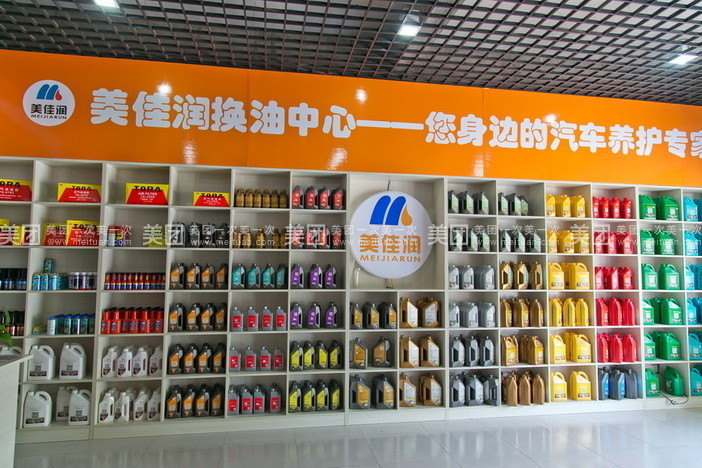SHANGHAI – Chinas automotive lubricants suppliers have increasingly turned to aftermarket channels such as oil change workshops to gain market share as nationwide overcapacity continues, an industry insider told a conference here.
Chinas capacity for blending finished lubricants significantly exceeds demand, said Zhang Chenhui, an independent consultant who works with a number of clients. Demand, according to his estimates, shrank 3.5 percent in 2016 and will decrease 0.4 percenet through 2020, he told Enmores 10th China Lubricants Market Focus 2017 last week.
Chinas lubricant industry will definitely continue to have this overcapacity problem in the future, Zhang said. As the competition becomes fierce, we can see this trend of lubricant manufacturers entering the aftermarket to secure market [share]. In recent years, he said, market players began to develop oil change centers and maintenance stores across the whole country or in regional markets. The saying goes, one who wins the aftermarket wins the auto lubricant market.
In 2015, there were 1,350 blending plants in China including 300 specialty oil factories, Zhang said, though others have pegged the number much higher. Despite the glaring surplus of Chinas lubricant blending capacity, large automated plants are still being built, he explained.
Around a dozen such plants have been built this year, he said. Among the most high-profile of them, he claimed, is Dongfang Energys 150,000 metric tons per year, automated blending plant in Jingjiang, Jiangsu province.
Automotive lubricants account for around just half of Chinas total lubricants market, and 60 large enterprises hold around 59 percent of the market for those products. Yet those 60 companies make up only around 8 percent of the amount of players elbowing for market share; there are roughly 600 small- and medium-sized enterprises vying for a piece of that pie, he said. Only one supplier holds a market share above 10 percent.
Because theres a very low degree of brand concentration, brand-building becomes one of the most important methods for gaining market share, he added. He cited Jiangsu Lopal Technology Co. as being one of the firms determined to build its brand and quoted the firms president, Shi Junfeng, saying it would take at least half a decade to do so.
As the level of concentration of the auto aftermarket increases, the number of existing lubricant brands will decrease, Zhang went on. Some enterprises will get stronger, but others will be knocked out of the market.
While the aftermarket channel is important for brand building, independent shops can sometimes hawk low-end, fake and subpar products. There are tens of thousands of independent operators in Chinas auto aftermarket, and all lubricant brands are sold through them, Zhang continued, noting that many of these shops are franchised or operated by decentralized management. For most garages and maintenance shops, the top concern is the price and profit. As car owners have little knowledge about lubricant products, [workshop operators] usually make consumption decisions for them.
Established chain workshops and franchised versions are therefore better options for suppliers, he continued, citing the United States as being exemplary in this regard. This phenomenon has been the case for a long time in the U.S., he said. For example, Jiffy Lube runs over 2,000 chain stores while Valvoline has over 1,000 stores, and 80 percent of them are direct-sale stores with a history of half a century.
In China, the trend of supplying to established oil change facilities is also gaining momentum. Meijiarun Oil Change now has 700 stores, Zhang concluded. Other workshops include Pufeite, Delian, Lihon, Fulun, Chiyijia, Liangjiafu and Yiboer. All have developed oil change centers, and many more market players are planning to do so in the future.
Zhang pegged demand at 5.4 million metric tons in 2016, down 3.5 percent from 5.6 million tons in 2015, noting that demand had edged down in prior years as well. Estimates about the size of Chinas lubricant market vary widely. For example, global consultancy Kline & Co. recently quoted the market as being larger than 7 million tons and projected it to decrease by around 0.4 percent through 2020.

Photo: Meijiarun Oil Change